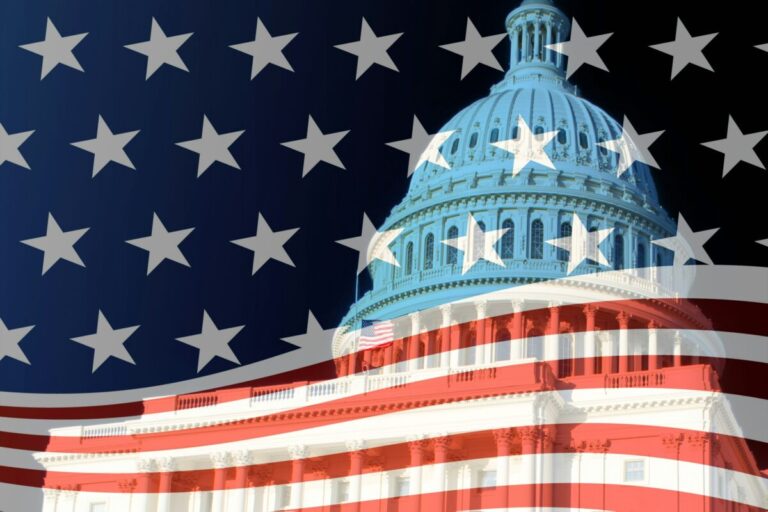The United States narrowly avoided a potentially crippling government shutdown on November 18, 2024, after a last-minute deal was brokered between Republicans and Democrats in Congress. The agreement, which passed both the House and Senate after several rounds of intense negotiations, ensured that federal government operations would continue, sparing hundreds of thousands of federal workers from furloughs and avoiding widespread disruptions to essential services.
The Shutdown Threat: Political Gridlock and Budget Disputes
The threat of a government shutdown had loomed for weeks, with Republicans and Democrats deadlocked over key budget allocations. The primary points of contention included defense spending, social safety net programs, and immigration policies. Republicans demanded significant increases in military spending, while Democrats sought greater investments in healthcare, education, and climate action. Both sides stood firm in their positions, making it unclear whether a deal could be reached in time.
As the November 20 deadline approached, it became evident that the government would run out of funding without an agreement. A shutdown would have disrupted federal services, delayed payments to contractors, and caused significant economic damage, particularly in sectors dependent on government funding. The looming threat raised concerns across the country, with businesses, government contractors, and public services bracing for the fallout.
The Last-Minute Deal: A Compromise on Military and Domestic Spending
In a bid to avoid a shutdown, the final deal included compromises on both military and domestic spending. The agreement allocated increased funding for both defense and social programs, addressing the core concerns of both parties. Republicans secured a boost in military spending, while Democrats succeeded in securing additional funding for healthcare, education, and climate resilience initiatives. The deal also included provisions aimed at addressing illegal immigration, a key priority for Republicans.
President Trump hailed the deal as a “win for the American people,” emphasizing his administration’s commitment to both defense and social welfare programs. The agreement was seen as a pragmatic solution, preventing a government shutdown while addressing some of the key policy priorities of both parties. The deal also provided short-term relief to millions of Americans who rely on federal services and programs.
The Path Forward: Continued Partisan Gridlock Looms
While the last-minute deal prevented an immediate crisis, many experts warn that partisan gridlock remains a significant threat to U.S. governance. The shutdown crisis revealed the deep divisions within Congress, with lawmakers on both sides expressing frustration at the inability to reach long-term solutions to the nation’s fiscal challenges. Many observers noted that while the deal offered a temporary reprieve, it did little to address the underlying issues of government spending and the national budget.
The issue of government funding and the national budget is expected to resurface in the coming months, with both Republicans and Democrats preparing for future battles over federal spending. With the 2024 presidential election on the horizon, the budget debates are likely to become even more contentious as both parties seek to align the federal budget with their political priorities.
A Fragile Victory for Pragmatic Governance
The resolution of the shutdown crisis was a rare moment of bipartisan cooperation in a politically polarized environment. The deal, while imperfect for both sides, demonstrated the potential for pragmatic governance in a deeply divided Congress. However, the fragility of the compromise also highlighted the challenges of governing in an era of increasing political polarization.
As the nation moves forward, the question remains whether future budget negotiations will follow a similar path of compromise or whether the gridlock will return, leading to more frequent shutdown threats. For now, the American public can breathe a sigh of relief, but the underlying issues that led to the standoff — and the potential for future conflicts — continue to loom large.


